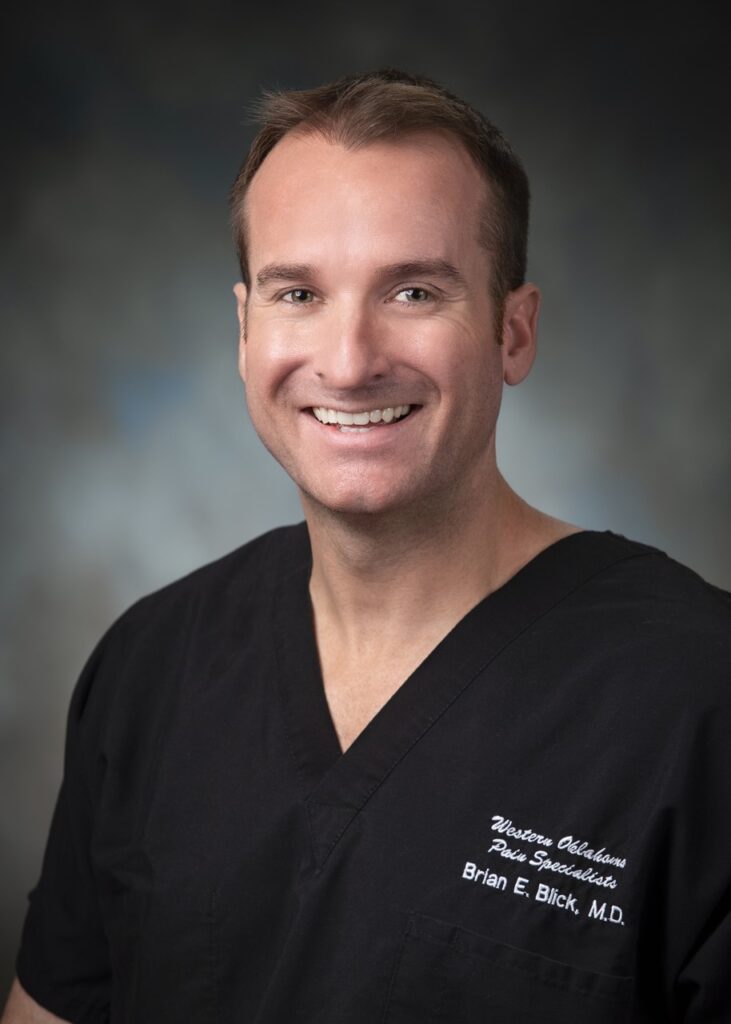
Introduction
The future of anesthesia is an exciting one. We have come a long way from the days when ether was used to put patients under, but there’s still room for improvement. The future of anesthesia will see the use of genetics, computer algorithms and advanced imaging techniques to improve patient safety, recovery time and cost efficiency. Advances in mobile technology are poised to revolutionize how we deliver anesthesia to patients. These technologies will allow us to monitor patients more closely and deliver tailored solutions based on their specific needs.
Anesthesia has improved greatly over the past century, but there’s still room for improvement.
Anesthesia has improved greatly over the past century, but there’s still room for improvement. The future of anesthesia will be even more advanced than what we see today.
You’ve probably heard of ether–the first anesthetic used in surgery. This was invented by William Morton in 1846 and was widely used until it was replaced by chloroform in 1848 and then nitrous oxide (laughing gas) in 1869. These were all inhaled gases that had to be administered by a trained professional known as an “anesthetist.” In addition to being expensive, these early methods weren’t always safe either: Chloroform could cause heart failure if too much was given; nitrous oxide could cause nausea or vomiting; laughing gas caused dizziness when people stood up too quickly after receiving it!
The future of anesthesia will see the use of genetics, computer algorithms, and advanced imaging techniques to improve patient safety, recovery time and cost efficiency.
The future of anesthesia will see the use of genetics, computer algorithms and advanced imaging techniques to improve patient safety, recovery time and cost efficiency.
These technologies will allow us to monitor patients more closely and deliver tailored solutions based on their specific needs.
Advances in mobile technology are poised to revolutionize how we deliver anesthesia to patients.
Mobile devices are becoming more ubiquitous and powerful, which means that they can be used to improve patient care and efficiency in ways that were previously unimaginable. For example, mobile apps have been shown to be effective at helping patients self-manage their asthma symptoms. In fact, a recent study found that people who used an app called Asthma Buddy reported better control over their disease than those who did not use the app–even though both groups received standard hospital-based care as well as medication from their doctors.
Mobile technology may also help alleviate some of the burdens associated with delivering anesthesia services by allowing providers to remotely monitor vital signs or perform certain tasks such as setting up equipment before entering a room where surgery is being performed (as opposed to doing these things manually).
These technologies will allow us to monitor patients more closely and deliver tailored solutions based on their specific needs.
These technologies will allow us to monitor patients more closely and deliver tailored solutions based on their specific needs. These advancements include genetic testing, computer algorithms, and advanced imaging techniques.
The future is bright for anesthesia
The future of anesthesia is bright. Anesthesia has improved greatly over the past century, but there’s still room for improvement. The future of anesthesia will see the use of genetics, computer algorithms and advanced imaging techniques to improve patient safety, recovery time and cost efficiency.
The advent of genetic testing has allowed doctors to better understand how certain drugs interact with different people’s bodies–and this will only become more important as medicine becomes more personalized in the coming years. For example: If you’re allergic to penicillin or cephalosporins (a type of antibiotic), then knowing this ahead of time could help avoid an emergency situation later on down the road when another doctor prescribes those medications for treating your infection because he doesn’t know about your allergy history!
In addition to genetic testing being used for determining appropriate treatments based on each person’s unique physiology; it also holds great promise when applied towards improving anesthetic decision making processes by informing us about which drugs work best together during surgery or other procedures requiring general anesthesia so that we can administer them safely without causing any harmful side effects.”
Conclusion
The future of anesthesia is bright and has a lot to offer. The use of new technologies will allow us to monitor patients more closely and deliver tailored solutions based on their specific needs. We can also expect advances in mobile technology which will revolutionize how we deliver care to patients at home or in hospital settings. These innovations will lead us towards an era where patient safety is paramount, recovery time shortens and costs are kept low for everyone involved in delivering care services